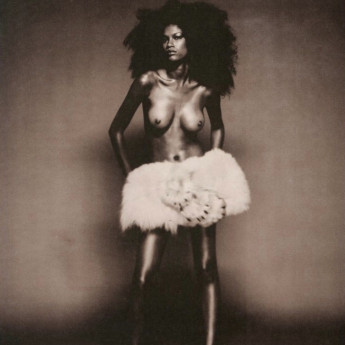
Details
Artist
Styles
Offset Lithograph // This untitled piece by Franz Kline, presented as an offset lithograph, exemplifies his characteristic style of gestural abstraction, where bold, dynamic black strokes dominate the canvas against a lighter background. Originally influential in the Abstract Expressionist movement, Kline's work is known for its raw energy and architectural lines. This composition, with its thick black brushstrokes intersecting at varying angles, suggests movement and structure, reminiscent of urban landscapes or industrial forms. The stark contrast between black and white highlights the tension and dynamism within the piece, embodying Kline’s exploration of spontaneity, intensity, and the emotive potential of abstract forms.
Untitled, 1997
form
Medium
Size
35 x 28 cm
- Inches
- Centimeters
Edition
Price
Details
Artist
Styles
Offset Lithograph // This untitled piece by Franz Kline, presented as an offset lithograph, exemplifies his characteristic style of gestural abstraction, where bold, dynamic black strokes dominate the canvas against a lighter background. Originally influential in the Abstract Expressionist movement, Kline's work is known for its raw energy and architectural lines. This composition, with its thick black brushstrokes intersecting at varying angles, suggests movement and structure, reminiscent of urban landscapes or industrial forms. The stark contrast between black and white highlights the tension and dynamism within the piece, embodying Kline’s exploration of spontaneity, intensity, and the emotive potential of abstract forms.
What is Gestural?
Gestural art is a term that describes painting with freely sweeping brushstrokes. The primary goal of gestural art is to allow the artist to physically express emotional impulses. The varied, yet expressive paint marks are intended to convey the artist's inner thoughts and emotions, which viewers are believed to understand through the dynamic and spontaneous application of paint.












